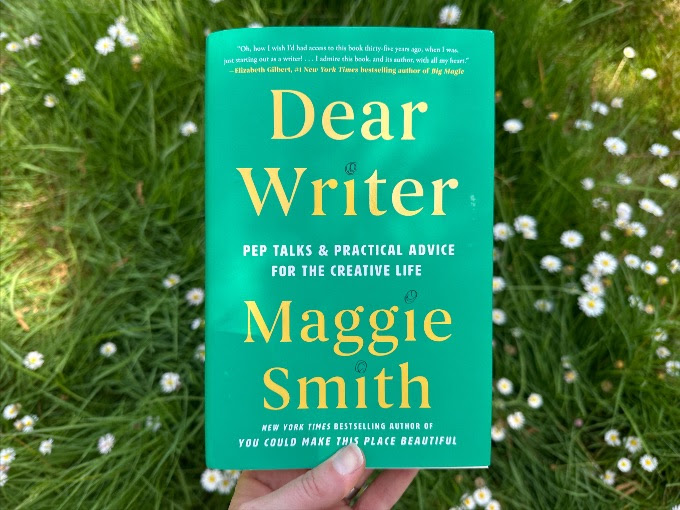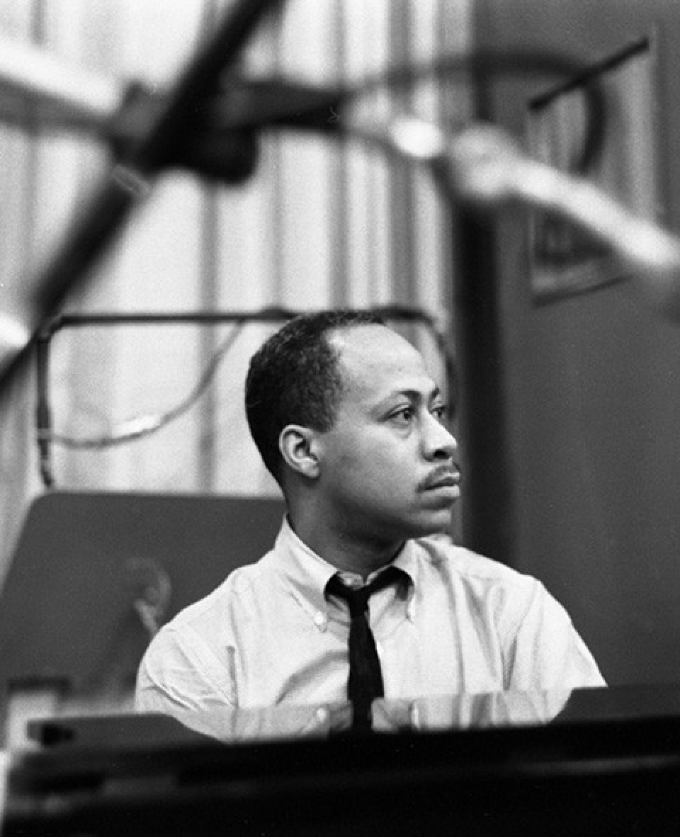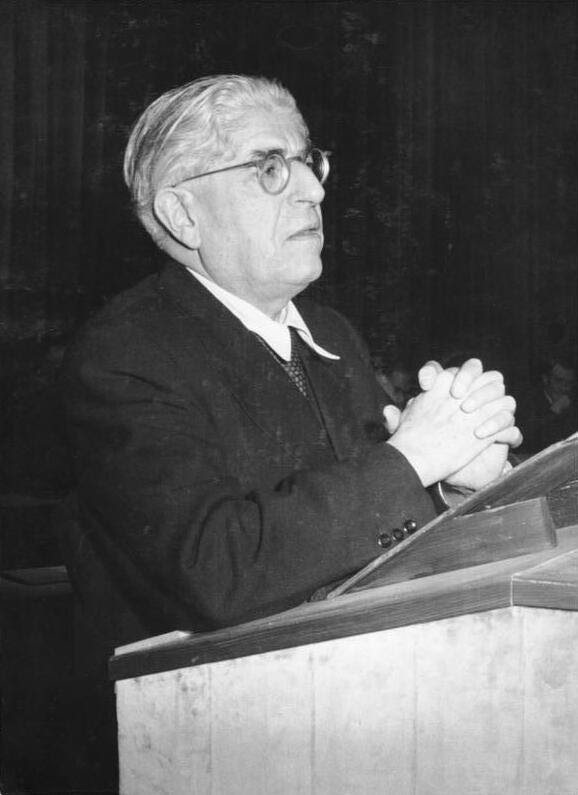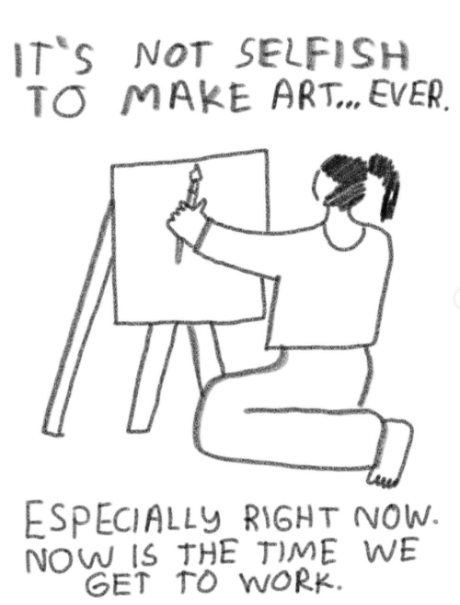September 27, 2024
Learning
It seems that creative people don’t see unusual information as quite so unusual.
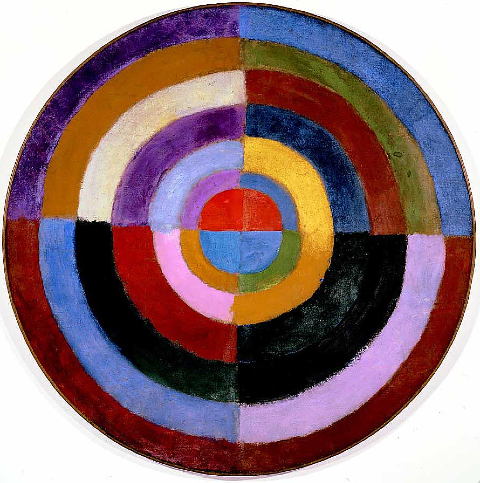
Robert Delaunay, 1913, Premier Disque.
""My work explores the ways in which creative individuals prioritise information differently to their less creative counterparts. In one of our studies, my research collaborators and I used a classic task to see how the brain responds to another type of high priority information: surprising information. Participants listened to mostly repetitive auditory tones with the occasional rare – or ‘oddball’ – tone, while their brain activity was recorded using an electroencephalogram. Typically, individuals’ brains respond to the rare stimulus with a well-defined spike in neural activity, known as the P300, which indicates surprise. But for creative individuals? We find this spike is less pronounced.
""In other words, it seems that creative people don’t see unusual information as quite so unusual. This may offer a big advantage for creative thinking because it blurs the line between what’s typical and atypical, allowing unusual ideas to be considered – and ensuring that the most obvious parts of a problem do not take up all the attention."" - Madeleine Gross
Article: A Key Part of Creativity is Picking Up On What Others Overlook.
Creative Process
